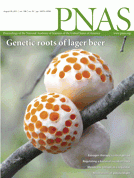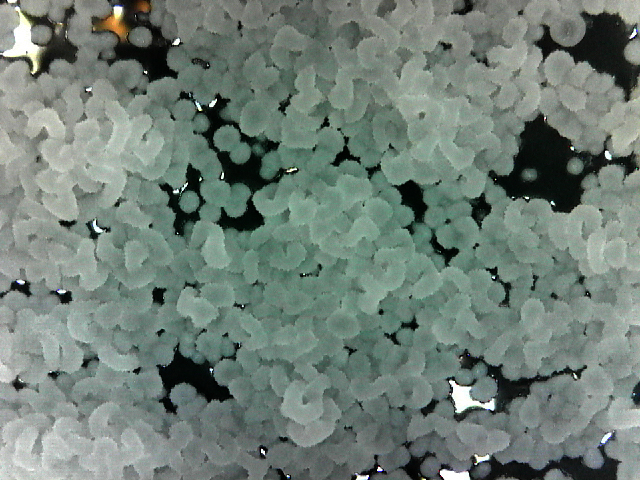Research
Carbon metabolism is the energy superhighway of life. Heterotrophs, such as yeasts and animals, view the world as a buffet of diverse carbon sources storing the energy captured by plants from the sun. Diverse yeasts have evolved over hundreds of millions of years to manage carbon and energy differently. The gene networks governing these decisions and capabilities determine their diverse ecologies, lifestyles, and potential applications. Yeasts provide an unmatched experimental system to answer several questions:
- How are metabolic functions genetically encoded?
- How did they evolve?
- How can they be manipulated for sustainable human benefit?
- What general principles do they reveal about life?
Research projects fall into five broad areas.
1. Yeast biodiversity, evolutionary genomics, and molecular mechanisms of evolution.
Yeasts are diverse! Budding yeasts of the subphylum Saccharomycotina have evolved over the last 400 million years to include the model yeast Saccharomyces cerevisiae and the opportunistic pathogen Candida albicans. More than 1000 species are known, and they are genetically as diverse as the entire plant or animal kingdom. They have evolved to fill metabolically diverse niches in every biome. Through the Y1000+ Project, we are sequencing and analyzing the genomes of every known species of budding yeast to understand how their genomes encode diverse phenotypes, how they have evolved, and how they can be used to benefit humanity. Highlights include a comprehensive genotype-phenotype map, reconstruction of a strong trend of gene and trait loss through evolution, discovery of the first budding yeast secondary metabolite gene cluster, discovery of a seven-gene operon horizontally transferred from bacteria into a group of yeasts, and investigations into the molecular mechanisms of evolution using the model GALactose utilization pathway. Representative publications include:- Haase MAB, Kominek J et al. Repeated horizontal gene transfer of GALactose metabolism genes violates Dollo’s law of irreversible loss. Genetics accepted: bioRxiv https://doi.org/10.1101/2020.07.22.216101.
2. Saccharomyces evolutionary genomics and brewing applications.
Since we discovered the wild ancestor of hybrid lager-brewing yeasts in 2011, we have determined the global distribution and genomic diversity of Saccharomyces eubayanus. We have also shown how this and other species combined with S. cerevisiae to form fermentation hybrids, including with up to four species. We have also determined the genetic bases of key traits for brewing lager beers, including cold tolerance and fermentation of maltotriose. Many questions remain and about the molecular mechanisms underlying these traits and their evolution, and these investigations are ongoing. Representative publications include:3. Yeast synthetic biology and bioenergy research.
Within the DOE Great Lakes Bioenergy Research Center, we are engineering S. cerevisiae and other yeasts for advanced biofuel and bioproduct production. We are particularly interested in overcoming the additional challenges required to sustainably convert dedicated bioenergy crops into isobutanol and high-value products to replace non-renewable hydrocarbons. Key traits include tolerance to toxins and high temperatures, xylose fermentation, and product synthesis pathways. We also develop synthetic biology tools to facilitate bioenergy research. Representative publications include:4. Wild YEAST (Yeast Exploration and Analysis Science Team) Program.
Over the last decade, dozens of our undergraduate researchers have isolated thousands of new yeast strains while learning genetics, microbiology, ecology, and bioinformatics. Many of these researchers (and the strains they have isolated) have made important contributions to other projects in the lab. Surprising discoveries include the isolation of the first strains of S. eubayanus from outside of South America and the isolation of dozens of strains of opportunistic pathogens from natural settings. Based on their discoveries, we are currently using genome sequences and rich phenotypic data to formally describe dozens of new species in the taxonomic literature. Nine of our trainees have already gone on to PhD programs, while many others have gone on to professional schools and biotechnology jobs. Representative publications include:5. Computational software for genome-enabled research.
We have developed software to design sgRNAs for CRISPR/Cas9 experiments for diverse populations (CRISpy-pop), analyze hybrid genomes using high-throughput sequencing (sppIDer), and simulate and assemble genomes de novo (iWGS).- Stoneman HR et al. CRISpy-pop: a web tool for designing CRISPR/Cas9-driven genetic modifications in diverse populations. G3 (Bethesda) accepted: bioRxiv https://doi.org/10.1101/2020.06.19.162099.











